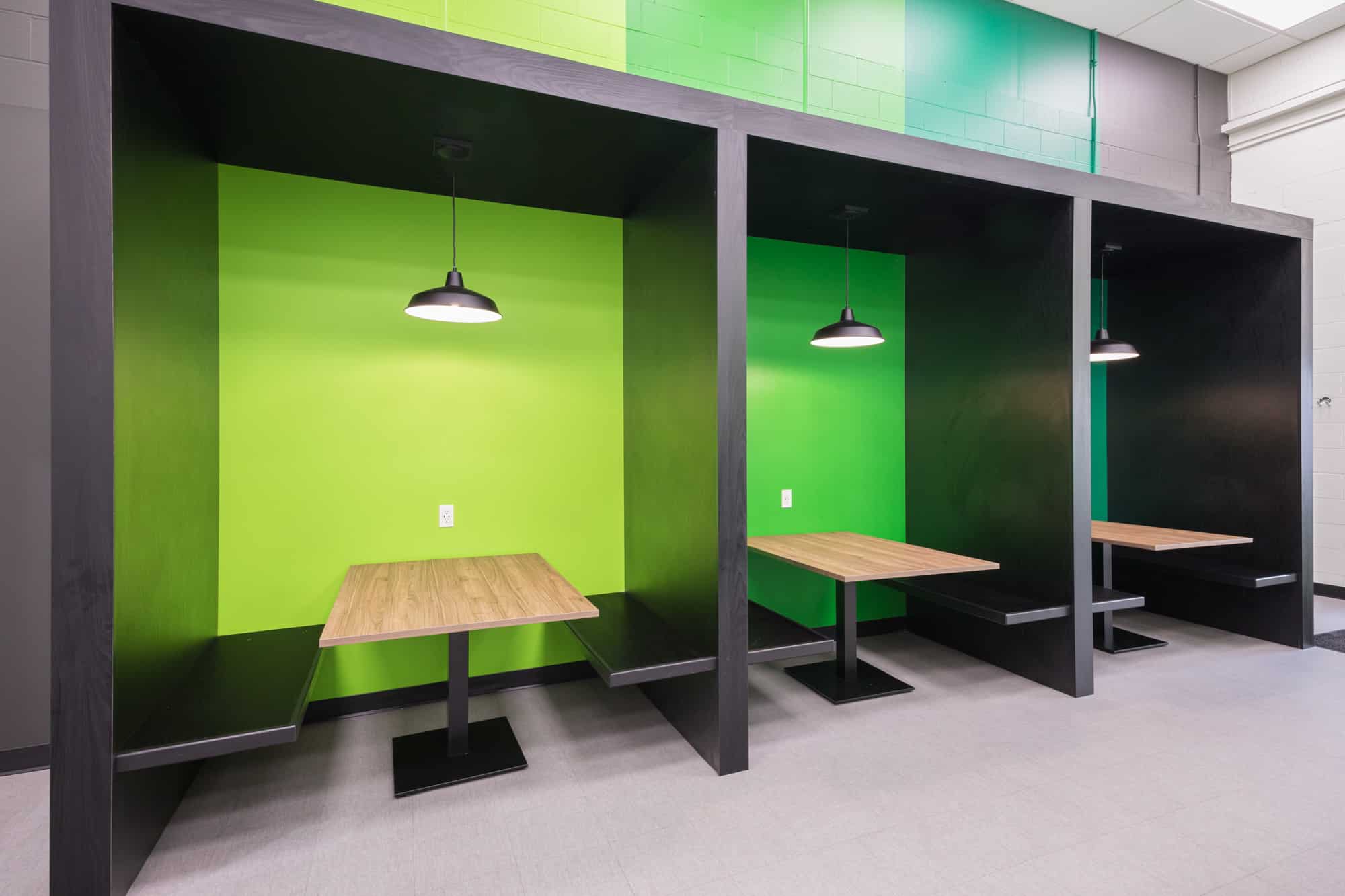Understanding the Impact of Remote Work and Embracing Hybrid Models
The COVID-19 pandemic has accelerated a trend that was already gaining momentum in the modern workplace: remote work. As businesses were forced to adapt to lockdown measures and social distancing, employees around the world set up home offices and adapted to virtual collaboration. Now, as we emerge into a post-pandemic era, it is clear that remote work is here to stay, and CEO’s must recognize the impact of this shift on their employees and the organization as a whole.
Understanding the Benefits and Challenges of Remote Work
Remote work has brought about a host of benefits for employees, and these advantages cannot be overlooked. Firstly, the removal of the daily commute has given employees back valuable time, reducing stress and improving work-life balance. Additionally, the flexibility of remote work has enabled employees to create personalized work environments, enhancing comfort and productivity. Many have also reported increased focus due to reduced office distractions.
However, it is not all positive. One of the biggest challenges of remote work is the impact on mental health and employee well-being. The isolation and lack of social interaction can lead to feelings of loneliness and disconnection from the team. This sense of disconnect can also hinder collaboration and innovation, as the spontaneous, creative conversations that often occur in an office environment are lost.
Enter the Hybrid Model
A hybrid working model offers a balance between remote work and office-based work, and it could be the key to unlocking the best of both worlds. CEO’s who embrace this model can provide their employees with the flexibility and autonomy they crave, while also ensuring the business reaps the benefits of in-person collaboration and a strong company culture.
A successful hybrid model might include:
- Core hours where all employees are expected to be available and working, regardless of location, to facilitate collaboration and ensure a sense of structure.
- Designated in-office days where teams come together to connect, collaborate, and build company culture. These days can also be used for training and team-building activities.
- Flexibility for employees to choose their work location for the remaining time, allowing them to manage their own work-life balance and personal preferences.
- Adequate support and resources for remote workers, including access to the necessary technology and a clear remote work policy.
Leading with Empathy and Adaptability
CEO’s who recognize and understand the impact of remote work on their employees will be better equipped to lead their organizations into the future of work. It is crucial to lead with empathy, recognizing that employees have different needs and preferences. Some may thrive in a remote setting, while others struggle, and a one-size-fits-all approach will not work.
Adaptability is also key. As we move forward, the workplace will continue to evolve, and CEO’s must be prepared to adjust their strategies and policies accordingly. This might include regular check-ins with employees to gauge their satisfaction and well-being, as well as providing adequate training and support for managers to lead hybrid teams effectively.
Final Thoughts
The future of work is here, and it is hybrid. CEO’s who embrace this model and recognize the importance of flexibility and employee well-being will be best placed to drive their organizations forward. By understanding the impact of remote work and providing a balanced approach, businesses can attract and retain top talent, enhance productivity, and foster a happy, healthy workforce.

